Search

News & Events
January school holiday workshopsThe The Kids School Holiday Workshops are back on this January holidays with a bigger and bolder program of fun and educational workshop for kids!
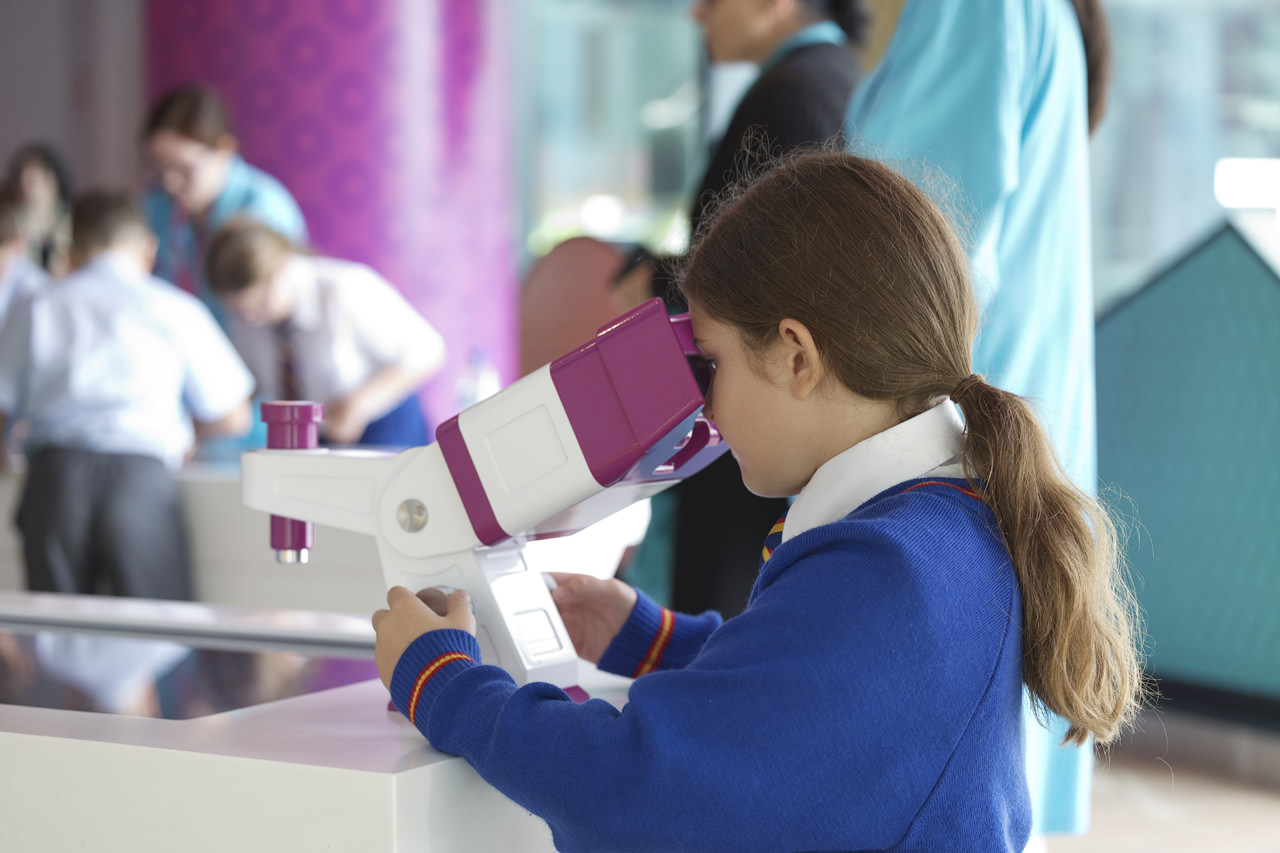
News & Events
Free excursions to The KidsRegister your interest to participate in a FREE pilot excursion for our brand-new program, Microscopic World!
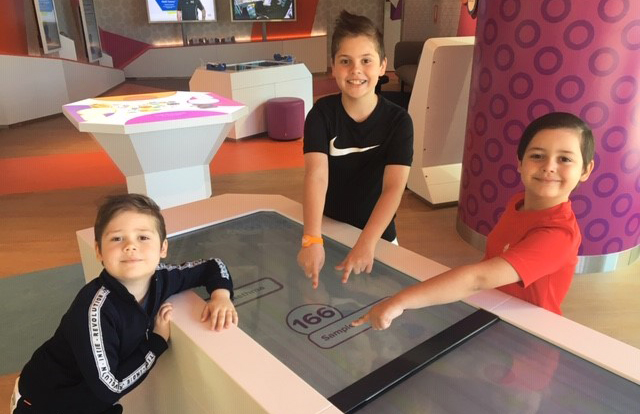
News & Events
Discovery Centre lightens the load for hospital familiesThe opening of the Discovery Centre has made trips to Perth Children's Hospital much more enjoyable for mum Alianna Celisano and her three boys.
Read about Professor Tim Jones and Associate Professor Liz Davis, co-directors of the Children's Diabetes Centre.

Browse the published work of the Centre's researchers
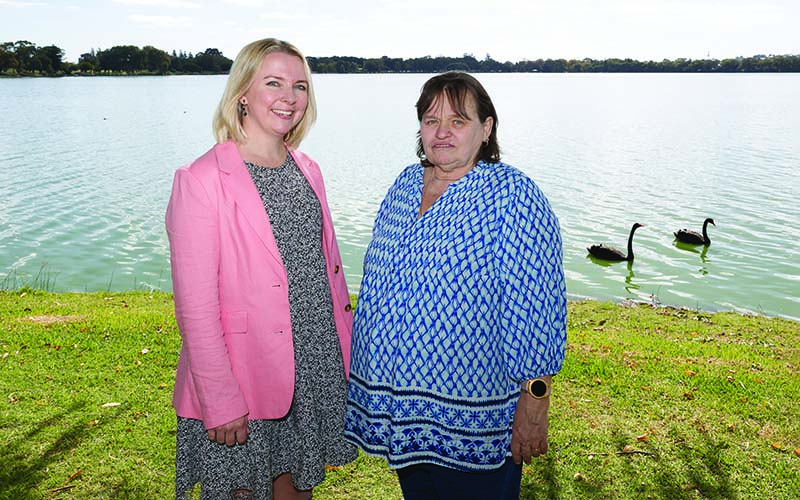
In Aboriginal culture, water is life, holding powerful spiritual and cultural significance and acting as a vital source of connection, food and medicine.
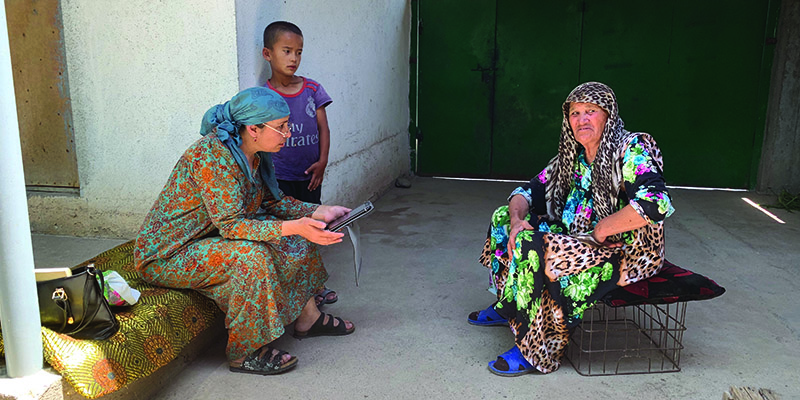
Fieldworkers learning how to collect eHCI data A fieldworker collects data for the eHCI in Tajikistan The rugged, landlocked Central Asian country of

A small group program to help parents tackle anxiety in young children diagnosed with autism has found significant improvements in both children’s anxiety and parental mental health and wellbeing.
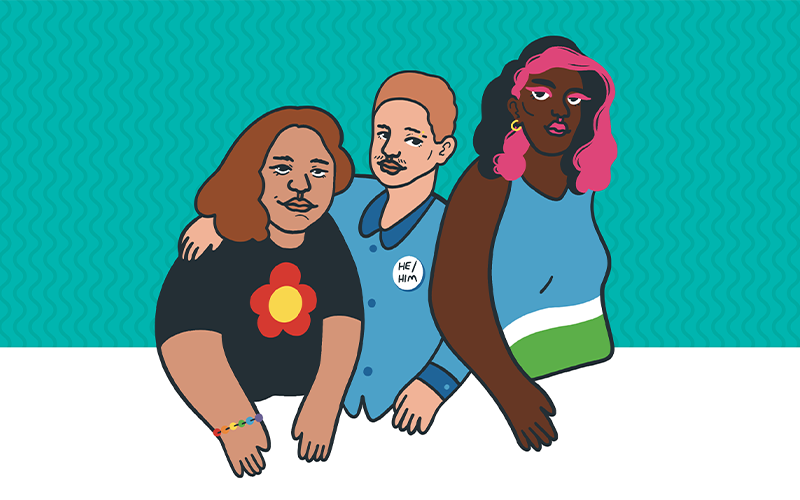
We have developed best-practice suicide prevention guidelines for health professionals and community service providers to help them create safe spaces for LGBTQA+ young people.

Researchers have worked with communities to come up with a tangible, practical legacy to improve the policy architecture and clinical approaches to drinking during pregnancy
